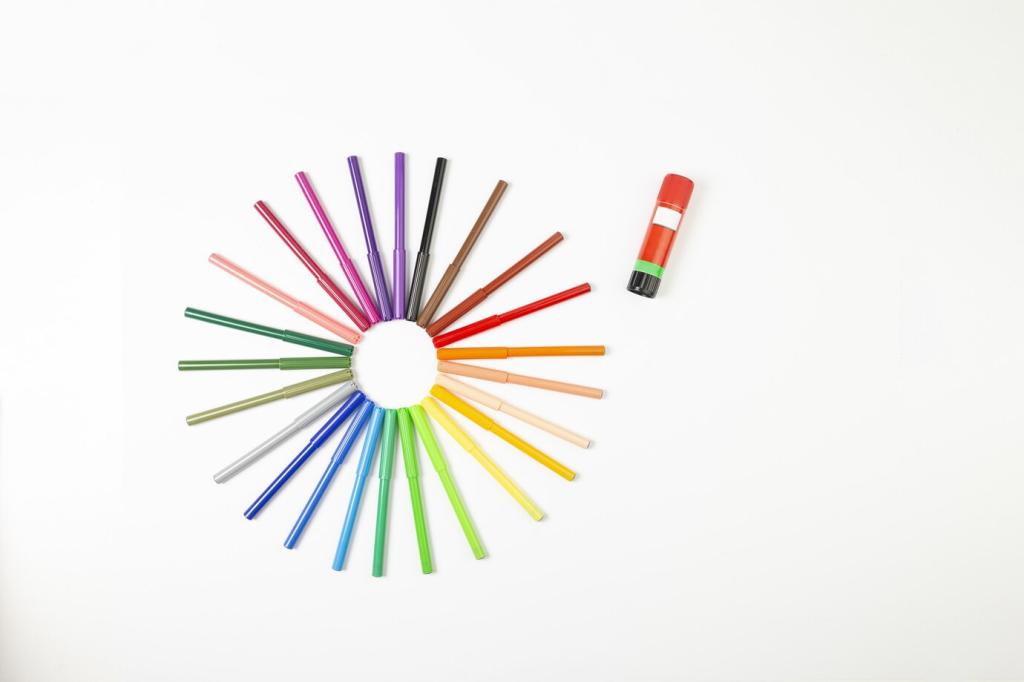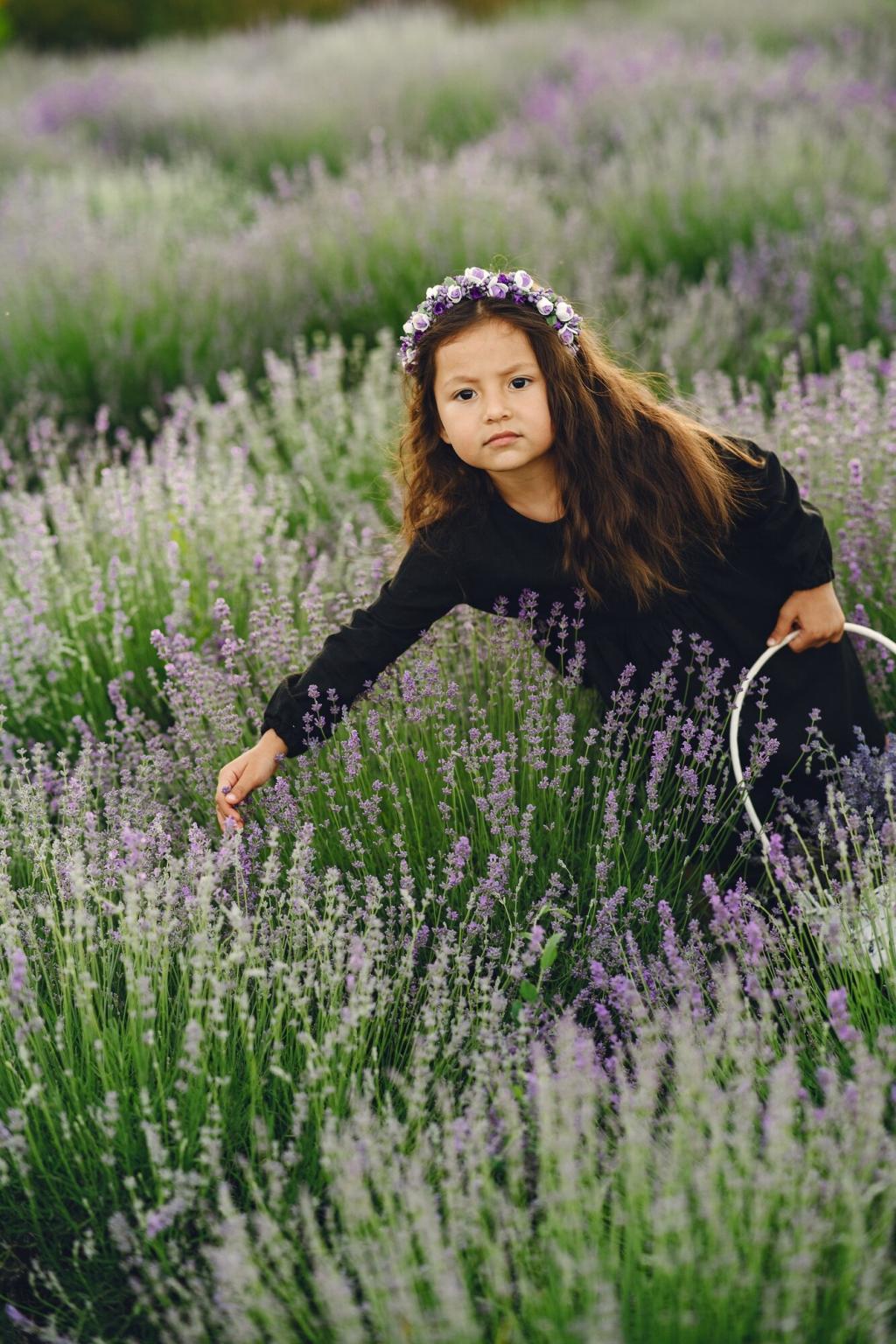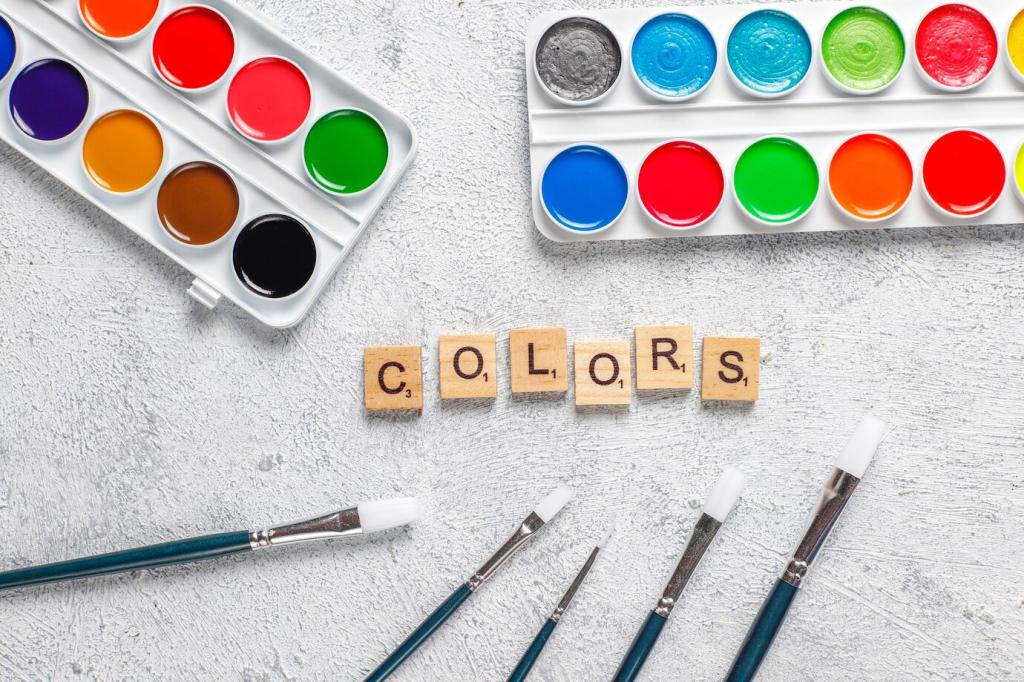Harmonizing Interior Color Schemes: Make Every Room Feel Effortlessly Cohesive
Chosen theme: Harmonizing Interior Color Schemes. Explore approachable strategies, heartfelt stories, and expert insights to balance hues, finishes, and light so your home flows beautifully. Join the conversation by sharing your palette dilemmas and inspirations.
Color Psychology for Calm, Energy, and Flow
Warm tones invite intimacy and conversation, while cool hues promote focus and clarity. Harmonizing them thoughtfully prevents clashes and fatigue, guiding energy where you need it most. Share your favorite temperature balance below.
Color Psychology for Calm, Energy, and Flow
Neutrals become powerful when undertones align across walls, textiles, and flooring. Creams with yellow warmth complement honey woods; gray-greiges unify modern metals. Tell us your flooring tone, and we will propose balanced foundations.



Three-Color Rule: Base, Secondary, Accent
Select a versatile base, a supportive secondary, and a purposeful accent. Keep undertones consistent so transitions feel natural. Comment your trio and the room’s light conditions for tailored harmony tips.
The 60-30-10 Framework in Real Rooms
Assign sixty percent to your base, thirty to the secondary, and ten to accents. This ratio keeps rooms balanced, even with bold choices. Share a photo or sketch, and we will help map your percentages.
Sampling Paint Like a Pro
Paint swatches on multiple walls and observe morning, midday, and evening shifts. Tape large samples near fabrics and flooring for context. Which sample surprised you under lamplight? Tell us before you commit.
Light, Material, and Finish Interplay
Daylight, Bulbs, and Hue Shifts
North light cools colors; south light warms them. LED temperature alters perceived saturation dramatically. Match bulb temperature to your palette’s undertone to maintain harmony. Post your bulb type for personalized guidance.
Matte, Eggshell, Satin: Texture Changes Tone
Finishes scatter or reflect light, subtly deepening or brightening color. Matte calms bold hues; satin adds lively clarity. List your finish preferences, and we will suggest where each sheen harmonizes best.
Wood, Metal, Stone: Undertones Matter
Oak, walnut, brass, and marble each carry undertones that can fight or support wall colors. Identify their warmth or coolness first. Share your materials, and we will align a cohesive chromatic story.



Stories from Real Homes
A reader paired creamy walls with muted olive cabinets, then softened stainless steel with warm brass pulls. Morning light unified everything. What unexpected pairing finally brought harmony to your kitchen?
Stories from Real Homes
Peel-and-stick wallpaper in dusty blue echoed a vintage rug’s undertone, creating cohesion without paint. Strategic art frames repeated black accents. Share your renter-safe color hacks and we will compile a guide.
Tools and Methods for Reliable Harmony
Create postcard-size swatches of every candidate color. Move them throughout the room over several days, recording impressions. Post your notes, and we will help interpret tricky undertones with confidence.

Low-VOC Paints and Long-Term Balance
Low-VOC options reduce indoor pollutants and off-gassing, keeping family health in harmony with design. Tell us your brand shortlist, and we’ll match low-VOC lines to your palette’s undertones.

Classic Combinations That Outlast Fads
Navy and cream, charcoal and linen, olive and oak—time-tested pairs adapt easily to accents. Which classic duo resonates with your home’s character? Comment, and we will suggest complementary accent notes.
